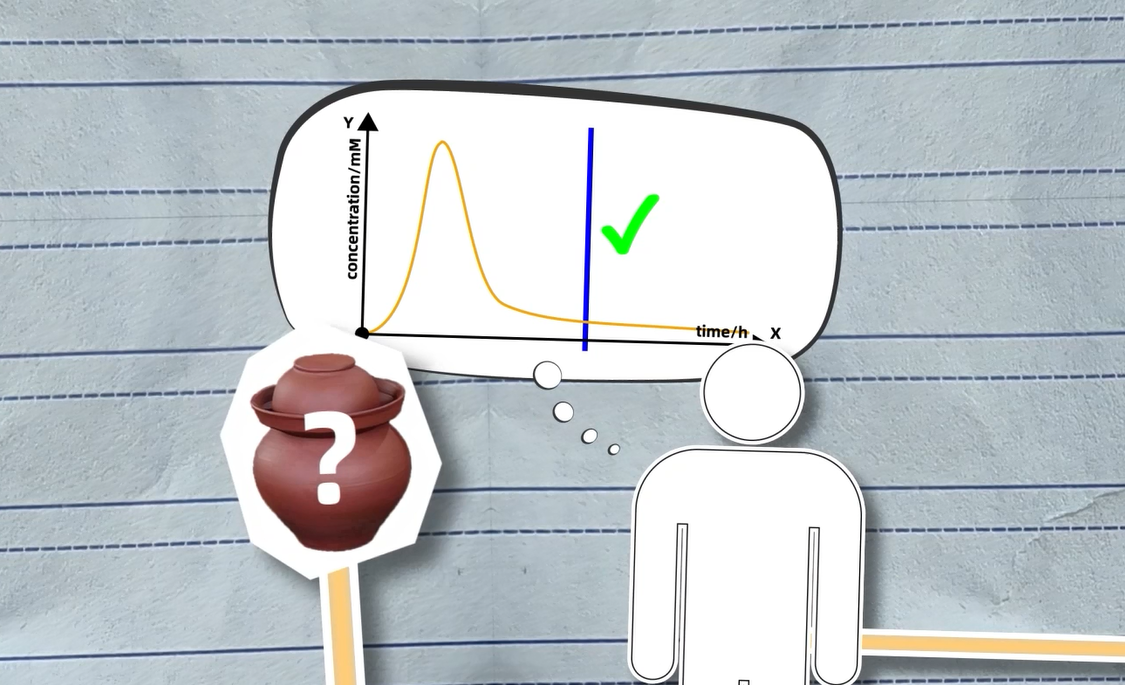EnzyArt Scout
A smart enzymology based nitrite detector and degrader

When people talk about pickled food, pickles are a popular fermented food. In China, the pickles industry is worth 40 billion yuan (about 5.5 billion US dollars), and in some areas, even every household makes their pickles. But, are you aware of the potential safety risks?
Common sources and hazards of nitrite Nitrite is a common toxic substance and a Group 2A carcinogen recognized by the WHO. Its role in polishing and preserving makes nitrite widely used as an additive in food, often appearing in large quantities in pickled products such as pickles and cured meat. Nitrites are also found in leftovers, well water, and soil. Long-term exposure to high nitrite concentrations or excessive intake may result in symptoms of nitrite poisoning. Some nitrites will be converted into primary carcinogen nitrosamines with a high risk of cancer.
Common detection difficulties Taking pickles as an example, there is usually a “nitrite peak” in the pickling process, and its duration is difficult to predict accurately. If you judge the consumption window of pickles only by experience, it is easy to misjudge and ingest a large amount of nitrite. On the other hand, detection of nitrite content usually can only be completed by professionals, which is not suitable for daily use in the general public.
Our solution
So this year, our team, NPU-China, designed a biosensor based on nitrite reductase. Based on the NiRs gene in Bacillus cereus, we constructed an exogenous expression system to express nitrite reductase using Escherichia coli BL-21(DE3) as chassis cells. In addition, we combined the obtained nitrite reductase to design a current-type sensor. Its principle is that the electron transfer of nitrite reductase when it reacts with nitrite passes through the sensor through the mediator, to achieve the effect of detecting nitrite concentration. Compared with the previous detection methods, the biosensor we designed has both detection and degradation functions, with high specificity, sensitivity, real-time, controllable, environmental protection, recyclable, simple, and portable advantages, so that people can feel the "safety on the tip of the tongue".
